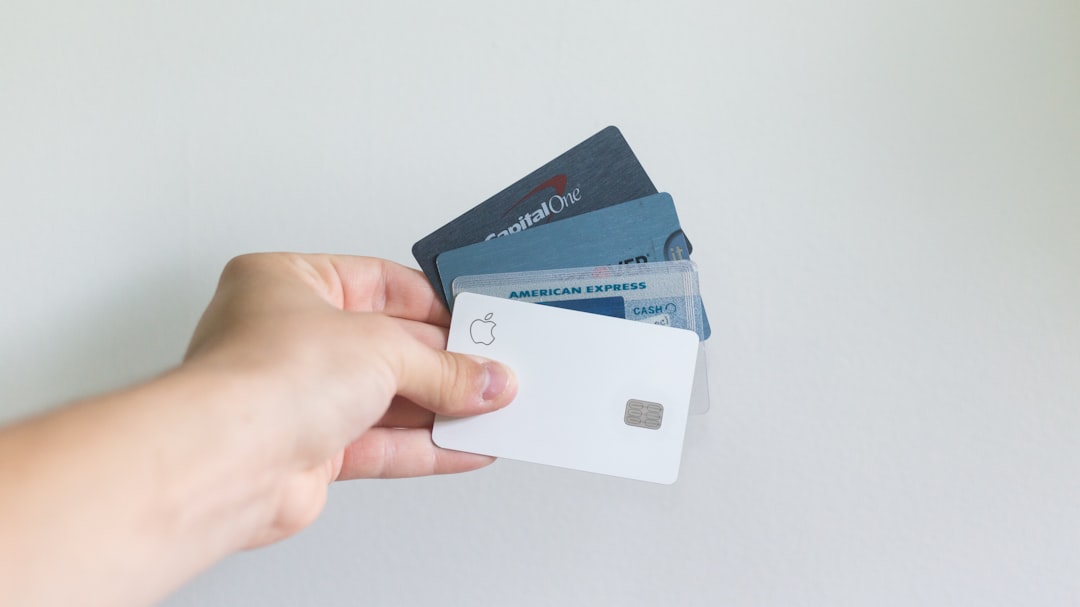Debt consolidation simplifies multiple debts into a single loan with lower interest rates. Individuals should understand two main loan types: unsecured (higher rates, no asset risk) and secured (lower rates with collateral). Secured loans use assets like homes or vehicles as collateral, offering financial relief and simpler budgeting. Unsecured loans are quicker but have higher rates and defaulting damages credit. Comparing interest rates and loan terms is crucial for informed decisions. Enhance your credit score, compare various options, and tailor choices to your situation. After consolidation, focus on long-term planning with budgets, savings, and emergency funds.
Struggling with multiple credit card debts? Consider debt consolidation loans – a powerful tool to simplify repayment and save money. This comprehensive guide dives into two primary types: secured and unsecured. Secured options offer lower interest rates but require collateral, while unsecured loans are easier to qualify for but carry higher risks. We’ll explore benefits, drawbacks, interest rate comparison, and strategies to secure the best loan for consolidating your credit card debt, plus post-consolidation financial planning tips.
- Understanding Debt Consolidation: A Comprehensive Overview
- Secured Debt Consolidation Loans: How They Work and Benefits
- Unsecured Debt Consolidation Loans: Risks and Advantages
- Comparing Interest Rates and Loan Terms: Making Informed Decisions
- Strategies to Qualify for the Best Debt Consolidation Loan
- Long-Term Financial Planning: Post-Consolidation Management Tips
Understanding Debt Consolidation: A Comprehensive Overview

Debt consolidation is a strategic financial move that combines multiple debts into one loan, offering simplicity and potentially lower interest rates. It’s a popular approach for individuals burdened by various credit card debts, allowing them to simplify their repayment process. The primary goal is to make it easier to manage and pay off debts more efficiently.
When considering consolidate credit card debt, the key lies in understanding the different types of loans available. Secured and unsecured consolidation loans are two common options. Unsecured loans, despite not requiring collateral, often come with higher interest rates but offer the advantage of no risk to your assets. In contrast, secured loans may have lower interest rates since they are backed by an asset, usually a property or vehicle, providing a safety net for lenders. This overview is crucial in making an informed decision when selecting the best debt consolidation method tailored to individual financial needs.
Secured Debt Consolidation Loans: How They Work and Benefits

Secured debt consolidation loans offer a structured approach to consolidate credit card debt. In this arrangement, borrowers use an asset—typically their home or vehicle—as collateral for the loan. This guarantees repayment to the lender, which often results in lower interest rates compared to unsecured options. The process involves taking out a new loan with a fixed rate and using it to pay off multiple high-interest credit card balances, simplifying monthly payments and potentially saving money on interest charges.
One significant benefit is the potential for substantial savings. By consolidating debt at a lower interest rate, borrowers can free up extra cash each month that was previously allocated to credit card payments. This can provide much-needed financial breathing room and help individuals focus on paying down their loan balance more efficiently. Additionally, secured loans often come with fixed terms, making it easier to budget and plan for repayment without worrying about fluctuating rates or unexpected increases in monthly payments.
Unsecured Debt Consolidation Loans: Risks and Advantages

Unsecured debt consolidation loans offer a straightforward and potentially attractive option for individuals seeking to consolidate their credit card debt. One of the primary advantages is simplicity; since these loans don’t require collateral, the application process is usually quicker and easier compared to secured loans. This can be particularly beneficial for those looking to rapidly simplify their financial situation without the added stress of potential asset exposure.
However, there are risks associated with unsecured debt consolidation loans. Lenders often charge higher interest rates due to the increased risk factor, which could result in paying more over time. Furthermore, if the borrower defaults on repayments, they won’t lose any assets, but it can negatively impact their credit score, making future borrowing more challenging. Therefore, while consolidating credit card debt through unsecured loans provides convenience and reduced bureaucracy, it’s crucial to weigh these advantages against the potential long-term financial implications.
Comparing Interest Rates and Loan Terms: Making Informed Decisions

When considering debt consolidation loans, comparing interest rates and loan terms is paramount for making an informed decision that best suits your situation to effectively consolidate credit card debt. Interest rates, expressed as a percentage, determine how much you’ll pay in addition to the principal amount borrowed. Lower interest rates mean less financial burden over time. Loan terms refer to the duration of the loan, typically measured in years. Longer terms result in lower monthly payments but can add up to more interest paid overall.
To effectively consolidate credit card debt, weigh the allure of lower monthly payments against the total cost of borrowing. A shorter loan term with a slightly higher interest rate might be preferable if it leads to substantial savings on interest over the life of the loan. Conversely, a longer term with a lower rate can provide more budget-friendly payments but accrue more interest. Thoroughly evaluate your financial capabilities and goals before committing to either option.
Strategies to Qualify for the Best Debt Consolidation Loan

To qualify for the best debt consolidation loan, there are several strategies you can employ to improve your chances. Firstly, focus on improving your credit score before applying. This involves paying your bills on time, keeping credit card balances low, and limiting new credit inquiries. Lenders typically offer better rates to borrowers with strong credit histories.
Additionally, compare different loan options and choose a lender that suits your needs. Explore both secured and unsecured debt consolidation loans, understanding the pros and cons of each. Secured loans often come with lower interest rates but require collateral, while unsecured loans are risk-free but usually carry higher rates. Consider your financial situation, debt amounts, and repayment goals when making this decision to effectively consolidate your credit card debt.
Long-Term Financial Planning: Post-Consolidation Management Tips

After successfully consolidating your debt, it’s crucial to shift your focus to long-term financial planning and management. This involves creating a budget that accounts for your consolidated loan payments along with other essential expenses. Start by tracking your income and outings diligently; this will help you identify areas where you can cut back and save more. Remember, the goal is to pay off your consolidated debt as quickly as possible while still covering all necessary living costs.
To further enhance your financial well-being post-consolidation, consider building an emergency fund to safeguard against unexpected expenses. Ideally, aim to save enough to cover at least three to six months’ worth of living expenses. Additionally, explore opportunities to increase your income, such as taking on a side gig or negotiating a raise at your current job. These proactive steps will empower you to regain control of your finances and set the stage for future financial security.
When deciding on a debt consolidation loan, understanding your financial goals and assessing the pros and cons of each option is key. Both secured and unsecured loans have their merits, but securing a loan with collateral can lead to better interest rates and terms. However, unsecured loans offer flexibility without the risk of losing assets. By carefully comparing interest rates, loan terms, and lender requirements, you can make an informed decision to effectively consolidate credit card debt and take control of your finances. Remember, responsible borrowing and effective post-consolidation management are vital for achieving long-term financial stability.
